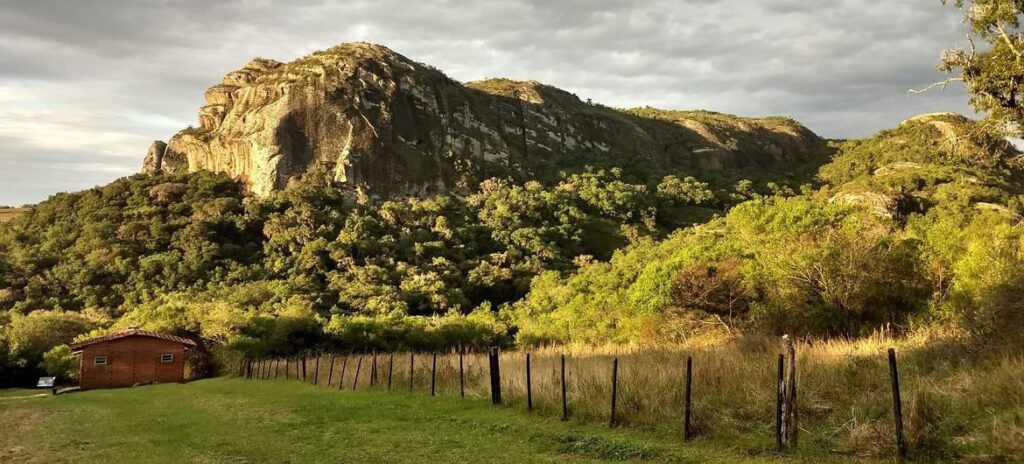On April 17, 2025, the United Nations Educational, Scientific and Cultural Organization (UNESCO) announced the recognition of 16 new Global Geoparks across 50 countries, marking a significant milestone in the preservation of the Earth’s geological heritage. With this addition, the total number of UNESCO Global Geoparks worldwide has now reached 229.
What are Geoparks?
UNESCO Global Geoparks are unified geographical areas of international geological significance. These regions are preserved and promoted through scientific research, education, and sustainable tourism. Geoparks not only support local economies but also enhance biodiversity, cultural identity, and environmental awareness.
List of 16 New UNESCO Global Geoparks (Declared in 2025)
Here is a table listing the 16 newly recognized UNESCO Global Geoparks and their respective countries:
| No. | Geopark Name | Country |
|---|---|---|
| 1 | Aspromonte UNESCO Global Geopark | Italy |
| 2 | Bohol Island Geopark | Philippines |
| 3 | Caçapava UNESCO Global Geopark | Brazil |
| 4 | Hakusan Tedorigawa Geopark | Japan |
| 5 | Jiuhuashan UNESCO Global Geopark | China |
| 6 | Khorat UNESCO Global Geopark | Thailand |
| 7 | Kunlun Geopark | China |
| 8 | Lanzo Valleys Geopark | Italy |
| 9 | Lavreotiki Geopark | Greece |
| 10 | Lengguru Geopark | Indonesia |
| 11 | Lienz Dolomites Geopark | Austria |
| 12 | Meteora Pyli Geopark | Greece |
| 13 | Onon-Balj Geopark | Mongolia |
| 14 | Sitia Geopark | Greece |
| 15 | Xionglong UNESCO Geopark | China |
| 16 | Yimengshan Geopark | China |
Note: China leads this year’s list with four new Geoparks.
🇮🇳 India’s Status: Still Not Represented
Despite India’s rich geological diversity — from the Himalayas and the Thar Desert to the Western Ghats and the Satpura-Maikal ranges — the country still has no UNESCO Global Geopark. Some locations such as Madhavgarh Fort (Madhya Pradesh), Rajmahal Hills (Jharkhand), and the Nilgiri region (Tamil Nadu) have been proposed, but none have received formal recognition yet.
Country-wise Number of UNESCO Global Geoparks (As of 2025)
Below is a table showing the total number of UNESCO Global Geoparks by country (as of April 17, 2025):
| Country | Number of Geoparks |
|---|---|
| China | 45 |
| Italy | 14 |
| France | 8 |
| Spain | 16 |
| Germany | 6 |
| United Kingdom | 8 |
| Greece | 7 |
| Indonesia | 4 |
| Brazil | 6 |
| Thailand | 5 |
| Japan | 9 |
| Austria | 3 |
| Canada | 5 |
| Iran | 3 |
| Philippines | 1 |
| Mongolia | 2 |
| Portugal | 5 |
| Other countries (e.g. Egypt, South Korea, Argentina, etc.) | 82 (combined) |
| Total | 229 |
Why UNESCO Global Geoparks Matter
Local Development: Geoparks empower communities by creating jobs, training, and awareness.
Education: They offer real-world learning environments for students and researchers.
Tourism: Promote sustainable tourism while encouraging environmental conservation.
Conservation: Safeguard geological, ecological, and cultural heritage.
Opportunities for India
Now is the time for Indian authorities and state governments to step forward and nominate potential sites. Some strong contenders include:
Rajmahal Hills (Jharkhand): Rich in fossils and unique geological formations.
Aravalli Range (Rajasthan): One of the oldest mountain ranges in the world.
Vindhyan Region: Geologically diverse and historically significant.

